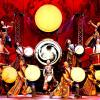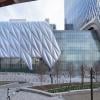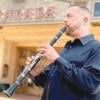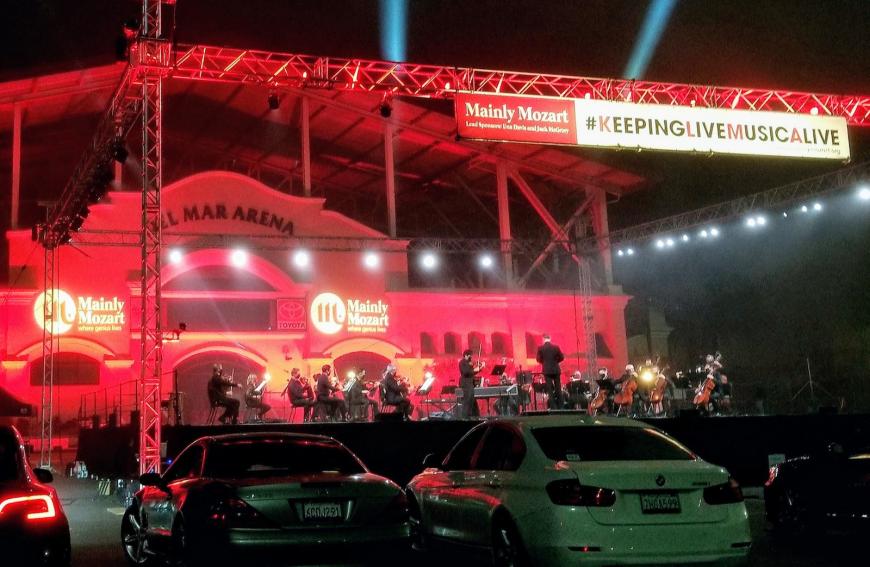
There has been a problem with aid to the performing arts during the pandemic, which have been hit particularly hard. And while medium and large-scale organizations found themselves eligible for federal assistance — primarily through the PPP (Paycheck Protection Program) and the independent contractor PUA (Pandemic Unemployment Assistance) program, micro-presenters found themselves left out.
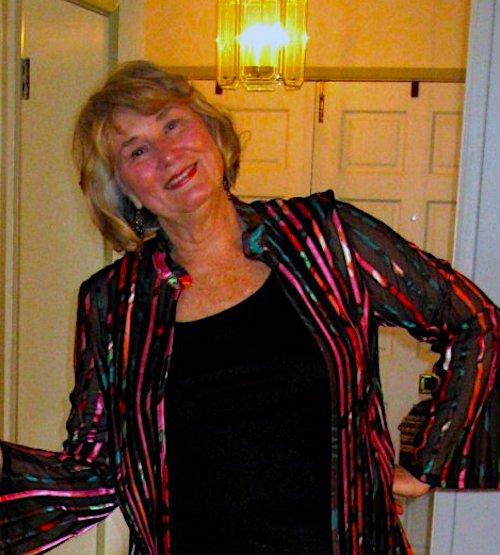
“Small presenters weren’t eligible,” says Heidi Lesemann, executive director of the long-running Los Angeles keyboard series Piano Spheres, and the new music Hear Now Festival. “We have a very small staff, and we were determined to be too small to qualify for PPP loan assistance. We tried.”
Facing a grim financial outlook and an uncertain future, many small Los Angeles presenters turned to a survival skill they know well, one they had been developing for years — applying for cultural arts grants from the city, the county, the state, the federal government, and the private sector. These life-supporting grants, combined with individual patron support provided a critical bridge. The irony is, that since September, when the PPP and PUA assistance programs ended, leaving many organizations in difficult financial condition, smaller Los Angeles organizations have continued to receive significant financial support.
“During the worst phase of the pandemic,” Lesemann reports, “we qualified for a $50,000 Cares Grant from the National Endowment for the Arts that was huge considering the size of our budget. We also received COVID Relief grants through the city of Los Angeles and the state. The most recent ones were meant to help companies with their Fall season openings for in-person performances. Now, with the latest surge of the Omicron variant, so many concerts are being canceled, we don’t know what to do? Are we going to have to return to livestreaming concerts without an audience?”
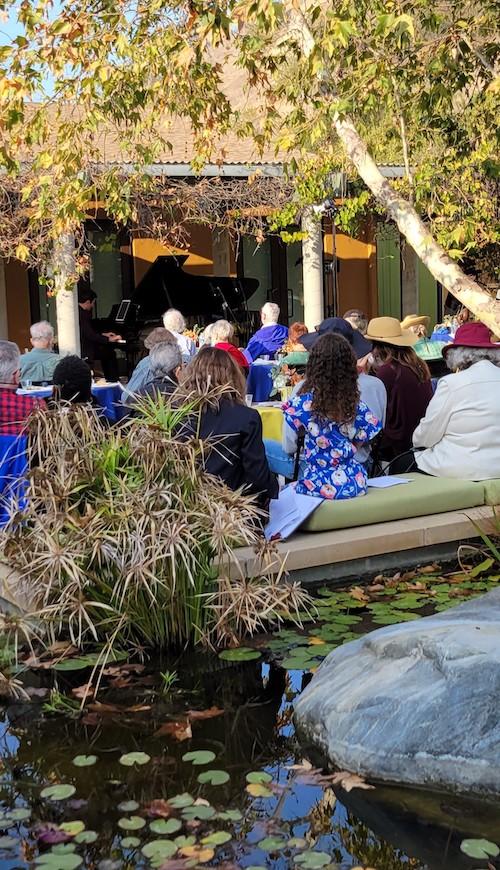
As this story goes to press, orchestras and opera companies across the country are having to greatly enhance testing protocols and rely on substitute musicians and singers to maintain their ranks. Long scheduled guest appearances by foreign artists are also seeing cancellations due to the latest restrictions on travel visas, as SFCV reported last year. And on January 11, the World Health Organization projected that more than half of people in Europe could be infected with the Omicron coronavirus variant.
“Unfortunately, none of us has a crystal ball,” observes Kristin Sakoda, director of the Los Angeles County Department of Arts and Culture. “The idea that there was going to be a winter surge had been suggested for a long time. We had hoped it wouldn’t be as bad given the vaccination rate. At this moment there are no discussions at the city, state, and federal level about another shutdown, but anything is possible. I have serious concerns about what this winter will mean for performing arts organizations. While audiences are back, they are still not back at close to pre-COVID levels. Now, with cancelations, we are facing not only a public health issue, but organizational issues in terms of budgeting and revenue.”
An important role her office plays, says Sakoda, has been providing a networking source.
“We are helping to support the recovery for arts organizations by playing a critical role as a liaison between the LA County Health Department and the broader arts community. Organizational and civic information networking is especially important now as arts institutions are facing the challenge of stopping and starting again.”
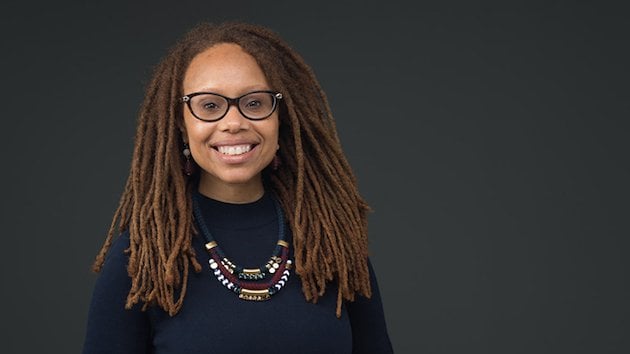
Her department, Sakoda points out, also plays an important role through its grants program.
“Most of the arts presenters in Los Angeles are micro and midsize organizations. We work predominantly with groups in this demographic, and they receive the majority of our grants. The federal CARES ACT was primarily targeted at companies with operating budgets over $15 million. Big budgets may equate to big losses, but often large budget organizations (ordinarily not rooted in communities of color) have more access to donors and have more fundraising and development staff.
“On the other extreme,” Sakoda continues, “we have lots of micro-organizations that may have as little as one permanent staff person and produce only one large annual project. It’s in the middle, however, where we see most of the organizations that are being squeezed. They have small staffs and don’t have the same degree of access to funding or individual donors or their own fundraising staff.”
Drive-In Mozart
A unique exception throughout the pandemic has been San Diego’s Mainly Mozart Festival. With staff-sustaining support from PPP loans combined with significant patron donations, Mainly Mozart, under the leadership of Nancy Laturno, made a commitment to consistently present outdoor live performances by pioneering a “drive-in” format with audiences sequestered in their cars with masked musicians following all protocol practices on stage. Not only did audiences and musicians alike embrace the format, but Mainly Mozart will go down in the annals of COVID history as the only classical music presenter that actually managed to turn a profit presenting live performances during the pandemic.
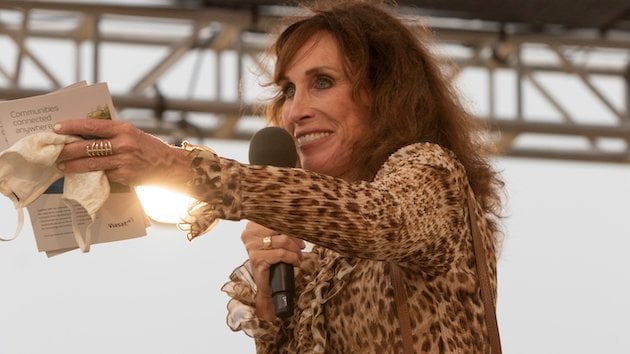
Now, however, Laturno says, the loss of PPP support is making survival much harder.
“The federal relief was meant to provide a short-term emergency response for a crisis that was supposed to have an end,” observes Laturno. “Now, when we still need it, it’s not there and we can’t replace it with ticket sales. It’s going to be very difficult for smaller organizations to get by without some form of government support. With this latest surge, presenters have to face the possibility of travel restrictions, new and stricter protocols (especially for indoor performances) and the possibility we could even be facing another shutdown.”
Throughout the pandemic the Los Angeles County Board of Supervisors and the city’s Department of Cultural Affairs have been as proactive as possible in support of the arts. That effort was greatly assisted by the federal government’s American Rescue Act which enabled the Board of Supervisors to allocate $22 million toward arts recovery. Unfortunately, says Kristin Sakoda, at this point, government red-tape has tied up the process.
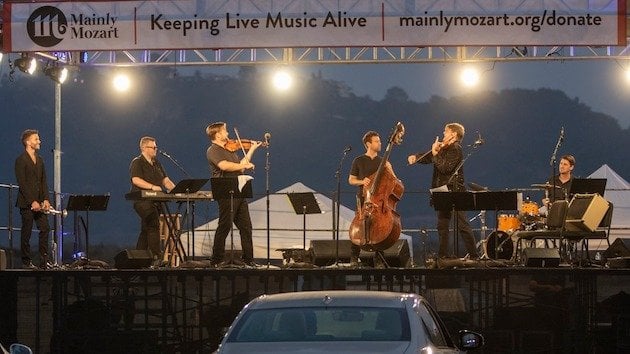
“We announced in August that funding was coming,” Sakoda says, clearly frustrated. “But the federal government has not yet furnished the guidelines. So, the County is working with the federal government to determine what those guidelines are. Once that’s done, we will be able to start rolling out those dollars which are meant to run through 2024.”
The County’s goal, Sakoda says, “Is to support the arts sector and cultural infrastructure in a way that is equitable, through direct programs and grant making. I also want to stress the role of our public/private partnership program — the Los Angeles Arts Recovery Fund. It was initiated by the Getty Trust and is administered by the California Community Foundation. Through that effort the County and funders came together and awarded $36 million to 90 arts organizations and also leveraged a national commitment to support Black, Latinx, Asian, and Indigenous people’s programs as part of the American Cultural Treasures Initiative.”
Bending the Rules
According to Ben Espinosa, arts manager for the grants division of the Los Angeles Department of Cultural Affairs, his department’s mandate has been to provide grant support for large and small organizations that produce free or low-cost family friendly events throughout the city.
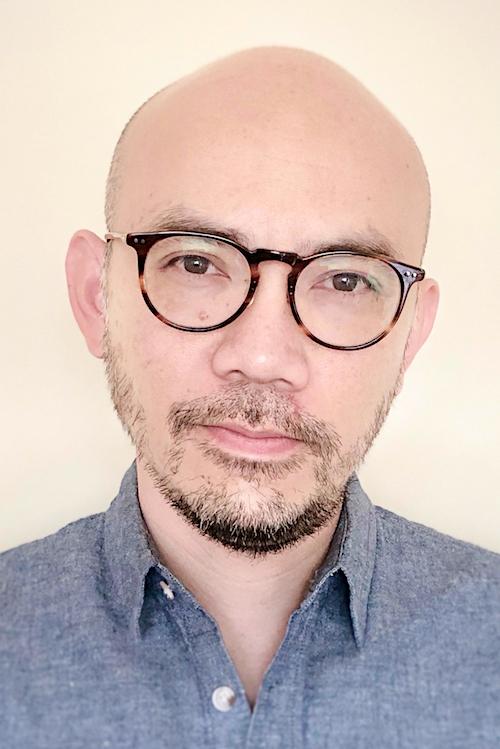
“As the pandemic hit,” Espinosa recalls, “the question was how could we continue to achieve that goal? One of the quirks of the way our funding works, is that everything is tied to a service contract with each organization. As a municipal funder we need to tie the city’s dollars to tangible public services. Usually, we have a strict rule that these performances take place live. But with the onset of the pandemic that was not a tenable position.”
The first alteration to the rules, Espinosa says, was that organizations could fulfill their contract obligation by taking performances online.
“That led to a mad dash to find archival performances and create in-process productions that could be presented. By the time we got to the following year we had a better grasp of the challenges COVID presented. We introduced additional flexibilities, especially to help smaller organizations. We eased the City’s grant-matching requirement, which required all recipients to match their grants dollar-for-dollar with non-city sources. We now only require a 30 percent match,” Espinosa explains.
Another significant modification dealt with the issue of donated time.
“Smaller organizations tend to rely on donated time of expertise, services, and materials that are often overlooked and unaccounted for. We urged organizations to start keeping stock of those items because they can now count toward a valid match. Concert presenters tend to rely on a wide roster of freelance musicians and outside creative workers. Our Artists Activation Fund provided direct support for individual artists who had performances canceled because of COVID. Since March 2021, we’ve been able to issue $326,000 to 850 individual artists.”
In normal times, Espinosa points out, the city’s arts-funding programs have been able to rely on a substantial amount of their budget being generated by the Transit Occupancy (bed) Tax. But with the onset of the pandemic and diminished tourism, the amount of generated tax revenue dropped by 80 percent. It was only through a continuing commitment to the arts by the city and county (combined with federal and state assistance) that allowed grants funding programs to be continued, and in some cases actually expanded.
“If it had not been for grant support,” Heidi Lesemann says, “our LA-centric Hear Now Festival and the concerts of Piano Spheres [founded in 1994 by the late pianist and director of the Schoenberg Institute, Leonard Stein] could never have survived.”
On Sept. 26, 2021, Piano Spheres staged its gala come-back concert — a live outdoor multi-pianist marathon concert of Olivier Messiaen’s complete Catalogue d’oiseaux at the Audubon Center at Debs Park — complete with accompanying bird calls. Piano Spheres’ next scheduled event, however, a major multi-concert tribute to the late composer Frederic Rzewski, set to begin Feb. 5, is now far from certain. As of now, the 2022 Hear Now Festival and its full roster of new music concerts (chamber scale and orchestral) is scheduled for April 23, 29, 30 and May 1.
“There are so many things starting to get canceled,” says Lesemann, “we are in discussions about what to do, not just about our [Frederic] Rzewski tribute concerts, but everything we’re looking at in the future. Thank goodness we have a year behind us of having to rely on prerecorded concerts and broadcasting. It’s certainly disappointing, but at least it’s something we know we can do if we have to.”


